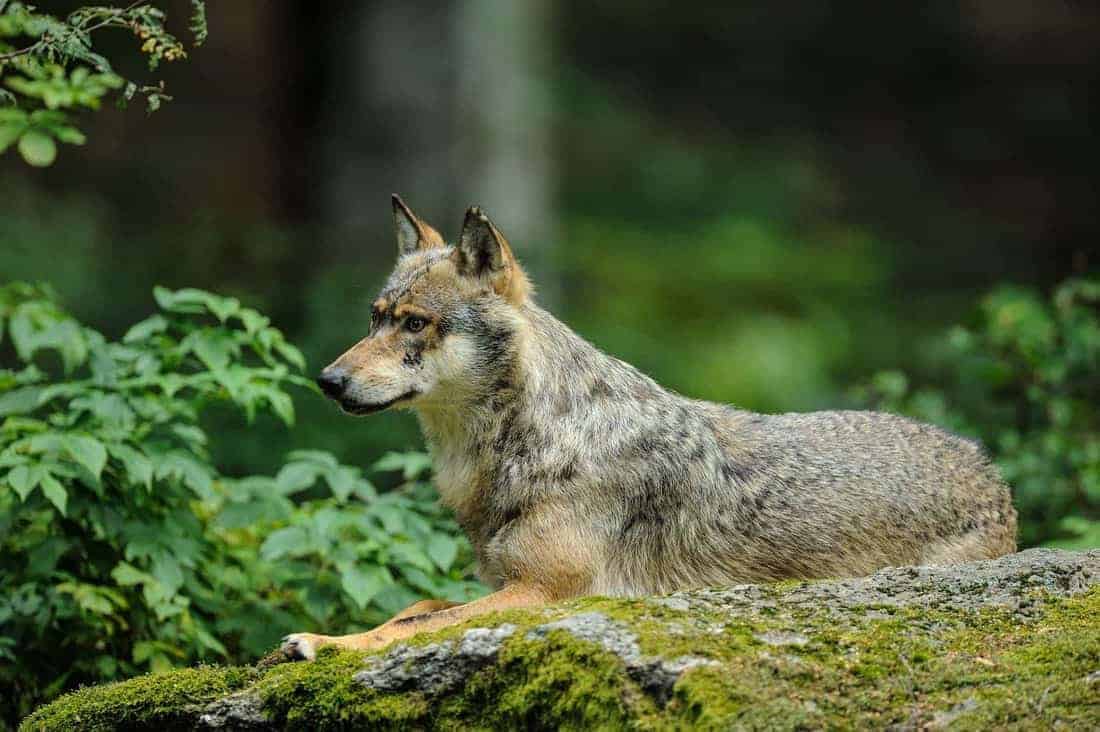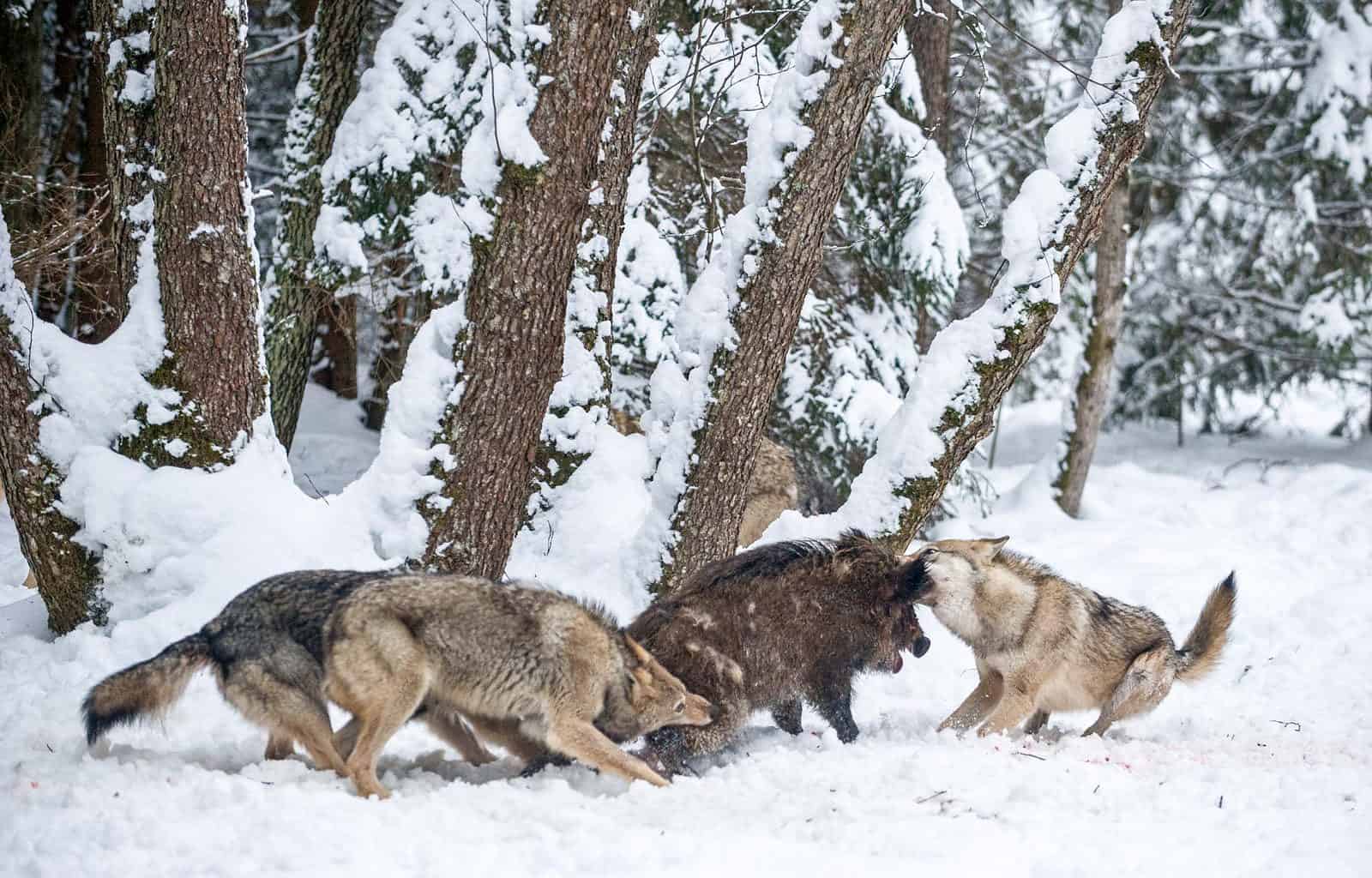Do wolves act like foresters?
Not too long ago during an excursion a phrase stuck with us: “wolves are like foresters in the woods”. This is because the presence of wolves and other large carnivores in the forest change the behaviour of wildlife. Eventually, this also partially influences how the forest grows over time. However, if this is beneficial for forest regeneration might also be case specific. Today, we will have a closer look on why this is the case.
Direct and indirect effects of wolves
In general, large carnivores in forests have direct and indirect effects on their surroundings. The direct effects refer to the reduction of the number of game in the territory of a predator because of its hunting activities. The indirect influences revolve around effects such as changes in the behaviour of game and with it also changes in space and resource use.
Usually, in the beginning of the settlement of a large predator indirect effect are noticeable. At the same time they do not have a major impact on the reduction of prey yet. Over time, it is likely that they influence the frequency, severity and distribution of browsing on forest seedlings. This promotes forest regeneration in some areas. However, it should also not be forgotten that an increased decline in game population also means a better food supply for the remaining animals. This, in return, can have an indirect effect on the constitution of the population, winter mortality and offspring rate. Thus, this partly compensates the population reduction by the predators.
The spatial or temporal displacement of prey to other regions is also one of the most common impacts of the presence of predators. You can think of it as the game fleeing from the predators and migrating to lower-risk areas. There they can graze in a more relaxed manner. For example, a study showed that in small territories, red deer avoid areas with a lot of dead wood. This is because it is easier for predators to hide and it is more difficult for the deer to flee. Therefore, in the wolves’ core territory where there is a lot of deadwood, there may be less browsing activity. This, in turn, allows for forest regeneration. On the other hand, however, browsing may increase in the areas where the red deer stays instead.
Is the presence of a predator beneficial?
It becomes clear that game species like red deer, roe deer or wild boars are and will be impacted by the return of the wolf and other large carnivores to many regions of Europe. Whether the presence of large predators ultimately has a positive or negative influence on forest regeneration cannot be said in general terms. Fact is that they have been part of the ecosystems for centuries and therefore play an important role. To be able to assess more precisely what influence predators have on European forests and what interactions take place between prey and predators, but also with humans, more detailed long term research data is needed.
In a webinar with the wildlife ecology expert Marco Heurich for the project “Multipersepktivischer Blick auf die Biodiverisität im Wald” we discussed this topic in more detail. So if you speak German and are interested to learn more, check it out!








